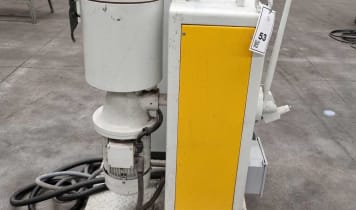In order to analyse product characteristics and to monitor specific manufacturing processes, it is necessary to install high-end laboratory technology. This can be subdivided into a large range of different components including stirrers, laboratory freezers and ovens, laboratory shakers, ovens, incubators, laboratory stirrers and magnetic mixers. A laboratory is a work space, where experiments can be undertaken, processes can be monitored and quality control can be undertaken.
- Analysis and monitoring of a product's characteristics
- Includes a large number of components
- Quality control of finished products
Quality Great Offer Personalized
Laboratories are particularly used in industrial settings for quality control of incoming and outgoing goods. Similarly, product development and improvement is an important field of activity for laboratory staff. The various applications of laboratory technology require many different types of laboratory equipment. In addition to laboratory machines, there is a variety of measuring devices and evaluation devices that are necessary. In addition to these, gas chromatographs, laboratory scales, rotary evaporators, ultrasonic baths, vacuum pumps and centrifuges are used. Comprehensive laboratory equipment made out of glass, ceramic and plastic is needed for the operation and storage, as well as for special processes.
Automatic laboratory systems are installed for specific processes. This automation of laboratory processes started in the chemical industry, in order to save costs for constantly reoccurring processes. Laboratory technology is attached to a computer, equipped with sensors and measuring devices that can automatically steer particular processes. This is accomplished by using metering devices and other support equipment. Thefood and drinks industry monitors their assembly lines using automatic laboratory devices that are partly integrated into the assembly line. Suitable actuators like pumps, valves and robots take over the control of the production machines according to the values determined through measurements and analysis. These values are constantly compared with the pre-determined requirements and the actuators can then directly influence the production process. Process control technology and feedback technology thereby work very close together.









